Volume I

Fig. 1, Album of Revolutionary Russia Cover. By Riley Kane DK265.15.A43 1919 Al’bom revoliuitsionnoi Rossii = Album of Revolutionary Russia. [New York] : Russian Socialist […]
Read More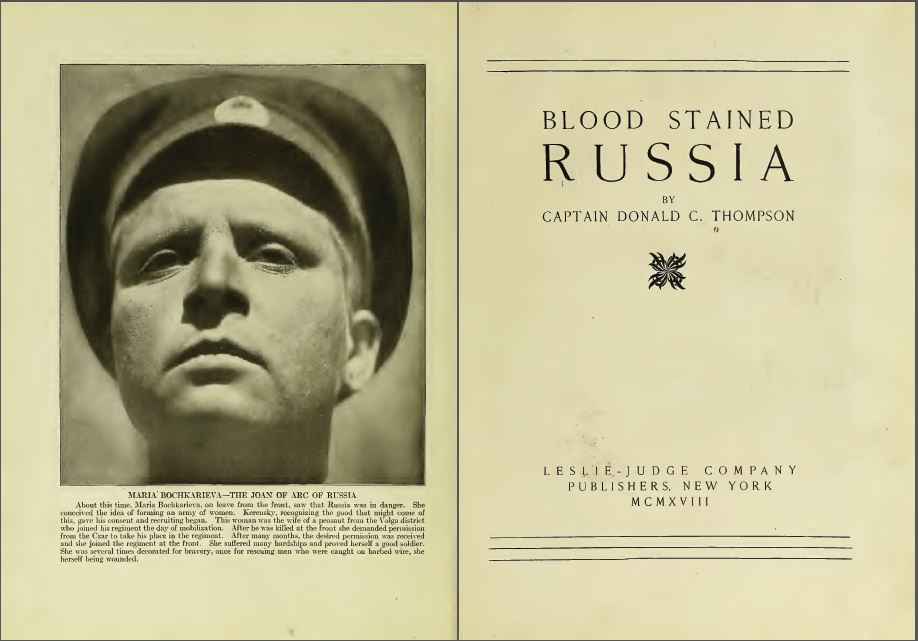
By Courtney Misich DK265.15 .T46 Thompson, Donald C. Blood Stained Russia. New York : Leslie-Judge Co., 1918. This medium-sized, red book, Blood stained Russia, offers […]
Read More
Smert’ Kommandera Pashkevicha. 1920. Photographs, 1917-1920s. Miami University Special Collections. Oxford, OH. The Death of a Revolutionary: Commander Pashkevich To most European nations, the […]
Read More
By Heidi Hetterscheidt Beginning with Peter the Great, the Russian Empire became increasingly influenced by numerous Western influences and ideas; however, Russian elites exhibited a […]
Read More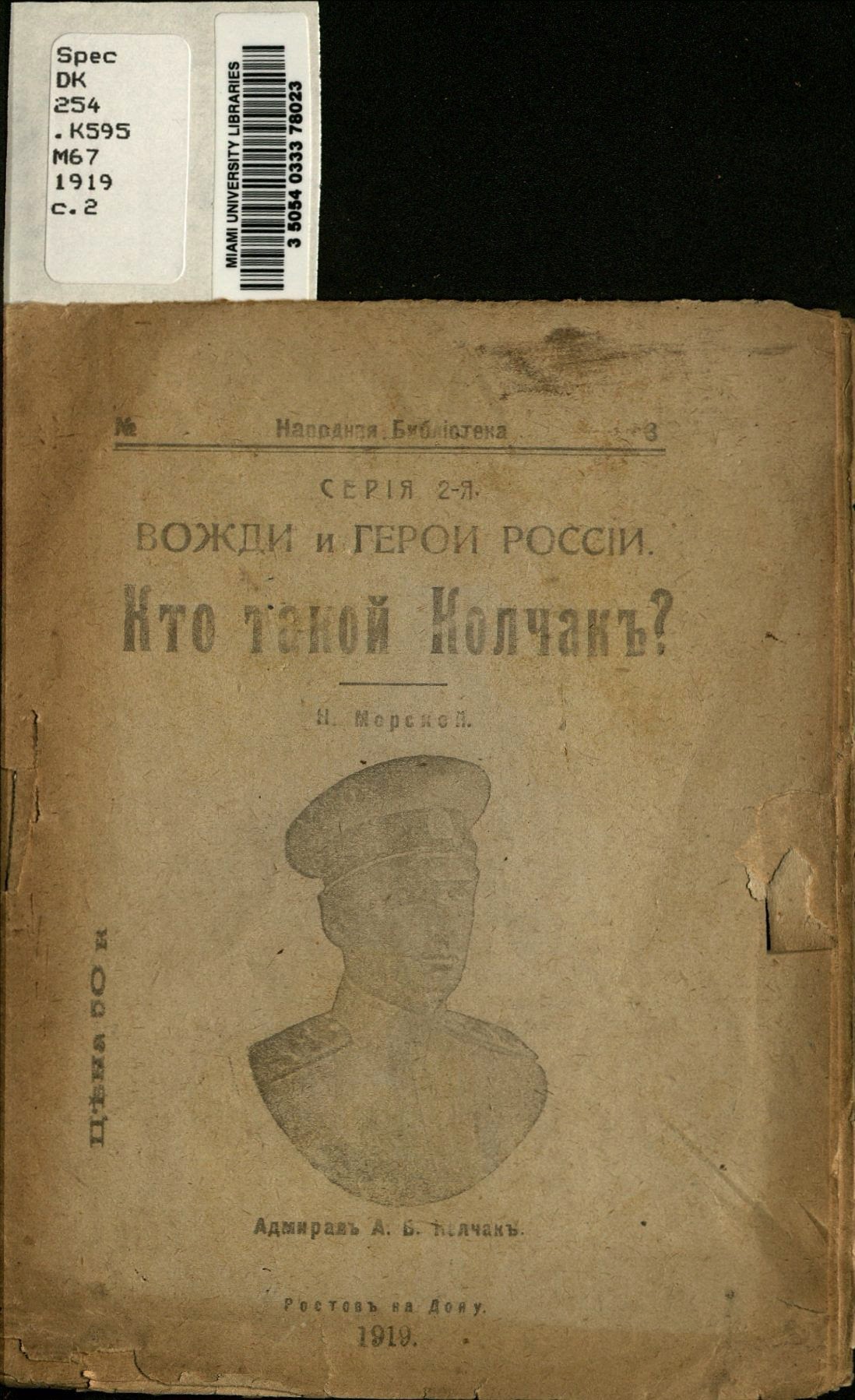
By Anna Melberg DK254.K595 M67 1919 Morskoĭ, N. Kto takoĭ Kolchak. Rostov-na-Donu : [s.n.], 1919. Morskoy, N. Who is Kolchak? Rostov-na-Donu: [s.n.], 1919. Kolchak: […]
Read More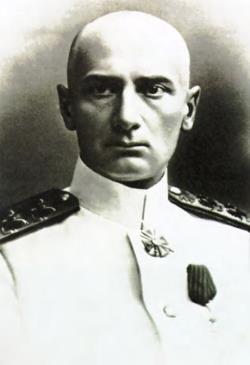
By Colin Sullivan Admiral Alexander Kolchak was a true patriot of Russia and a hero to those of the White forces during the Russian Civil […]
Read More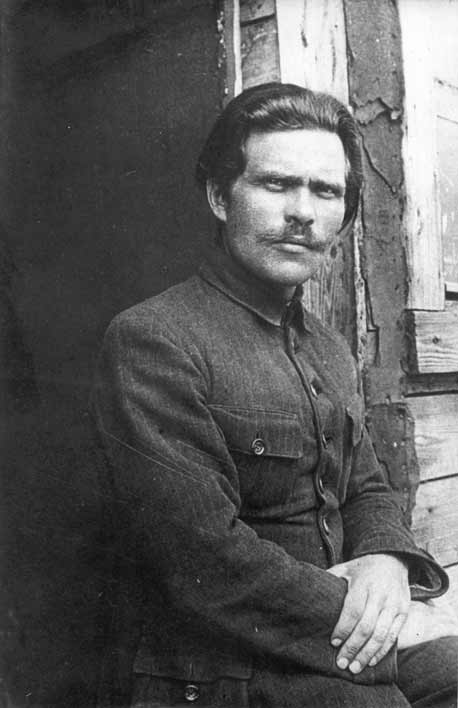
By Adam Rodger Makhno, Nestor Ivanovich, and M. I. Kubanin. Makhnovshchina i ee vcherashnie soiuzniki-bol’sheviki; otvet na knigu M. Kubanina “Makhnovshchina.” n.p.: Parizh: “Biblioteka Makhnovitsev,” […]
Read More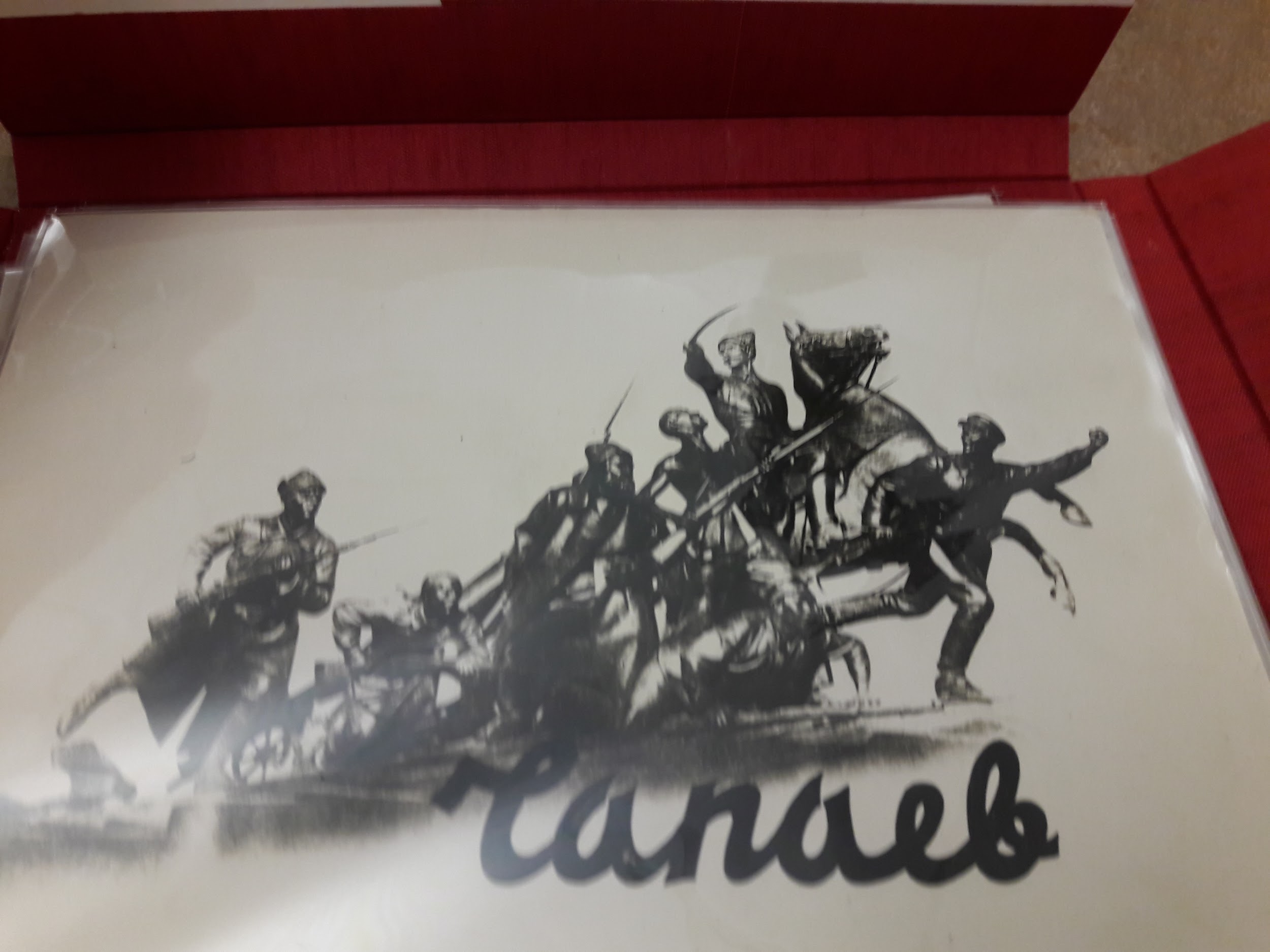
By Brett Coleman Chapaev : pamyatnik V.I. Chapaevu v Samare, postavlennyĭ v 1932 g There is a common trope that “History is written by the […]
Read More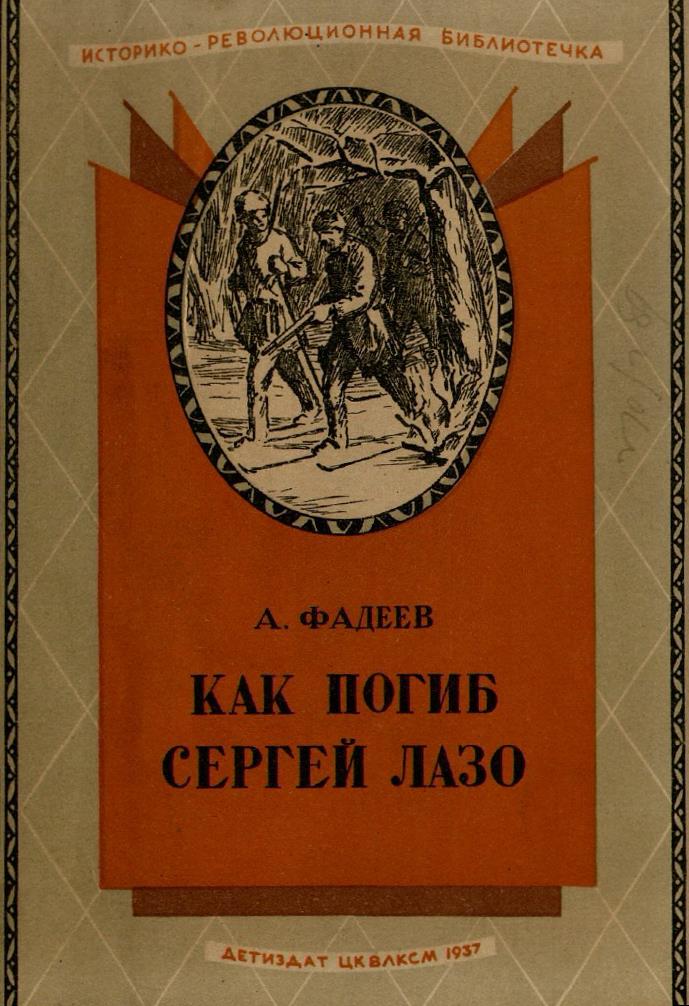
By Luke Stanek DK254.L26 F3 1937 Fadeev, Aleksandr. Kak pogib Sergeĭ Lazo. Moskva: Izd-vo detskoĭ lit-ry, 1937. Miami University Special Collections. “They were stuffed into […]
Read More
Meg Drown explores the continued significance of the Vietnam War in the form of the UXO Museum in Laos, a site she visited on July […]
Read More